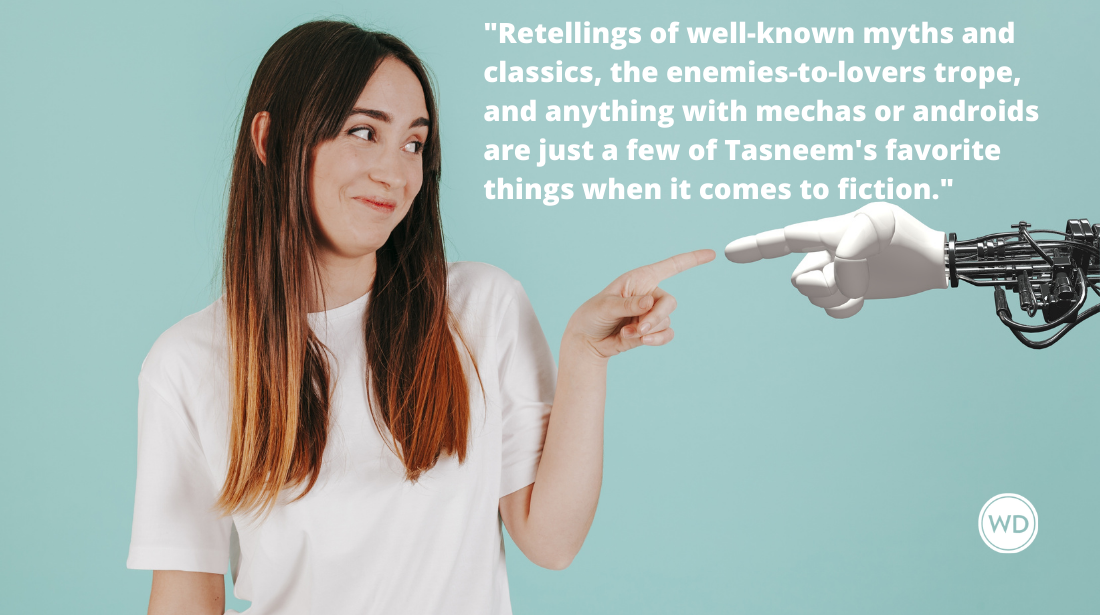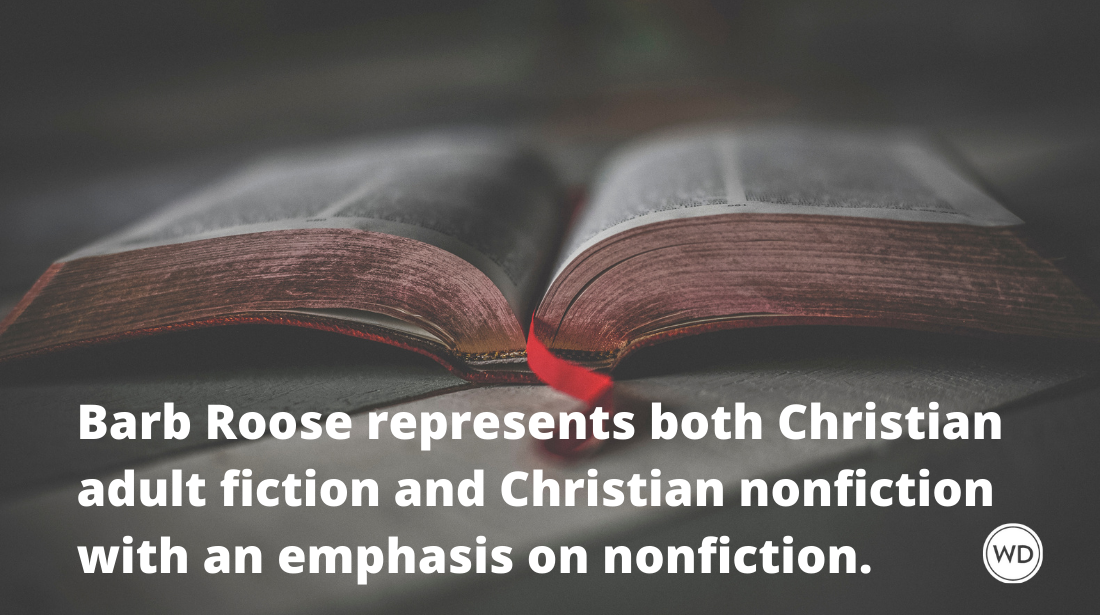How to Choose the Right Age Category for Your KidLit Work-in-Progress
2014 was a busy year—I released my first middle grade book, THE JUNCTION OF SUNSHINE AND LUCKY, and my third young adult, FERAL. Both books actually started out in younger…
2014 was a busy year—I released my first middle grade book, THE JUNCTION OF SUNSHINE AND LUCKY, and my third young adult, FERAL. Both books actually started out in younger age categories: the first draft of THE JUNCTION was a picture book, and the first draft of FERAL was an MG. Having been through the process of changing manuscripts’ age categories, I’ve learned a few tricks for better understanding, at an early drafting stage, which category is right for a juvenile WIP:
1. Don’t forget your overarching concept. My MG, THE JUNCTION OF SUNSHINE AND LUCKY, is about a young girl who becomes a folk artist; with her grandfather’s help, they turn their home into a folk art environment. My initial idea was to write a picture book—the illustrations, I imagined, would grow increasingly wilder as the property became covered in sculptures and whirligigs. Consistently, though, early editorial response was that the concept of folk art was just too advanced for the picture book readership—teaching me not to get so caught up in ideas external to the text that I lose sight of the main concept that the book is built around.
Order a copy of Holly Schindler's The Junction of Sunshine and Lucky.
2. Listen to your character’s voice. Auggie, the protagonist of JUNCTION, speaks in frequent simile and metaphor—her poetic worldview is the reason she’s able to become an artist using found items or “junk.” (Metaphors compare two dissimilar objects—which is much like the process of Auggie seeing a potential flower in a broken toaster or wind chimes in a rusted old car.) Many of the same poetic phrases from the original picture book are included in the final MG version—a sure sign that the book should have been MG all along.
3. Try your hand at description.FERAL was originally drafted as an MG mystery. During the revision process, the description began to take on a much darker tone—so much so, I began to suspect the book needed to be a YA.
I know now that rather than working all the way through a draft, focusing primarily on plot development, it’s best to take some time to write several passages of solid description. What kind of details do you find yourself gravitating toward? Would you call your passages gritty or sweet? Simple or complicated? This will give you a better idea of whether your book is trending younger (MG) or older (YA).
Check out Holly Schindler's Feral today.
4. Examine your character’s life experiences. We aren’t the same people at seventeen that we are at thirteen. In fact, when I got the inkling that FERAL needed to be a YA, I realized that my original protagonist would no longer work. I had to brainstorm a new, older main character. When I explored this new protagonist’s backstory, I discovered that she’d endured a brutal beating. That was when I knew that my theme (or overarching concept) would actually be recovering from violence—and the genre would be psychological thriller. All of this only confirmed my suspicion that the book needed to be YA.
Your own main character can help you early on, as well—long before the revision process. Brainstorm your character’s likes and dislikes, his or her attitudes. Of importance here is not only the attitudes themselves, but the reason(s) why your character has these views or beliefs. What experiences has this character had? And, of equal importance in juvenile lit, what has your character not yet done? This will give you a glimpse into how old your protagonist is (and, as a result, what age category your book should be).
I still believe in the power of successive rewrites; going over a book multiple times allows an author to include subplots and to tie together themes, making a book richer and stronger. But bumping a draft up (or down) to a new age category can result in a complete overhaul—it’s far better to nail the age category right from the start.
Holly Schindler is the author of the critically acclaimed A BLUE SO DARK (Booklist starred review, ForeWord Reviews Book of the Year silver medal recipient, IPPY Awards gold medal recipient) as well as PLAYING HURT (both YAs). Her debut MG, THE JUNCTION OF SUNSHINE AND LUCKY, released in 2014, was called by Kirkus Reviews as “...a heartwarming and uplifting story...[that] shines...with vibrant themes of community, self-empowerment and artistic vision delivered with a satisfying verve.” FERAL is Schindler’s third YA and first psychological thriller. Publishers Weekly gave FERAL a starred review, stating, “Opening with back-to-back scenes of exquisitely imagined yet very real horror, Schindler’s third YA novel hearkens to the uncompromising demands of her debut, A BLUE SO DARK…This time, the focus is on women’s voices and the consequences they suffer for speaking…This is a story about reclaiming and healing, a process that is scary, imperfect, and carries no guarantees.” Find Holly online with her blog, on Twitter, or on Facebook.






